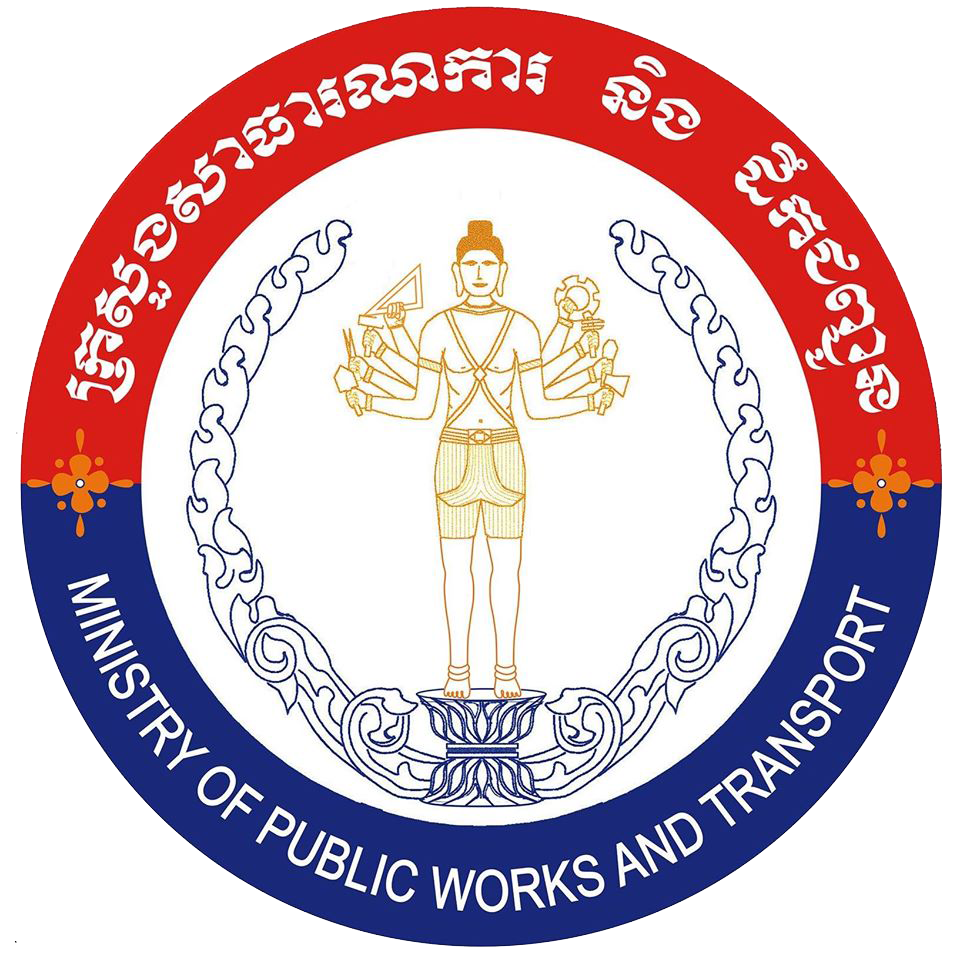Ports
In Cambodia, the inland waterway network consists of the Mekong, Tonle Sap, and Tonle Bassac Rivers with the total length of 1,750km. The inland waterway network has been facilitating the vessel traffic such as cross-border waterway transport between Cambodia and Vietnam. There are 103 ports in Cambodia, among which 26 are seaports and 77 are river ports. The river ports locates along the Mekong River, Tonle Sap, and Tonle Bassac Rivers. Among these ports, two are international ports namely Phnom Penh Autonomous Port (PPAP) and Sihanoukville Autonomous Port (PAS). PPAP is the 2nd largest port in Cambodia located at the junction of the Bassac, the Mekong, and the Tonle Sap Rivers. It is the only river port, which is capable of receiving large vessels between 3,000 tons and 5,000 tons during the dry and wet seasons. PPAP remains an important river port for international commerce as well as for domestic transportation. PPAP has planned to implement project for expansion of container yard at Container Terminal LM17.
Map of Development of Container Terminal LM17
PAS is the only deep-sea port of Cambodia with the areas of 125 hectares and situated along the Cambodian coastline in Sihanoukville. It is the country’s largest port with the capacity of approximately 700,000 TEUs/year. PAS is also implementing the New Container Terminal Development Project (2020–2023) with JICA assistance to increase the capacity and effectiveness of the port and to promote the regional competitiveness, which may accommodate vessels with container capacity of 5,000 TEUs and vessels with capacity of 60,000 DWT for trans-loading. In addition, PAS has also constructed concrete container yard at Zone D on areas of 28,000 square meters and reserved yard for empty containers at SEZ with areas of 40,000 square meters.
New Container Terminal Development at PAS
Further, MPWT is working along with other relevant stakeholders to prepare the port laws, which will be established for the purpose of managing and developing the ports properly as well as to promoting domestic and international commerce. MPWT has also developed and piloted the Electronic Data Interchange (Port EDI) system to facilitate the official procedures of handling incoming and outgoing vessels swiftly and smoothly, aiming at accelerating the procedures and reducing the logistics cost on maritime transport. EDI System is the digital exchange of business documents and data in a standardized electronic format between trading partners. This digital exchange of business document is very beneficial while reducing the costs, speeding up the processes, avoiding the mistakes, and improving the relationships between the trading partners.
